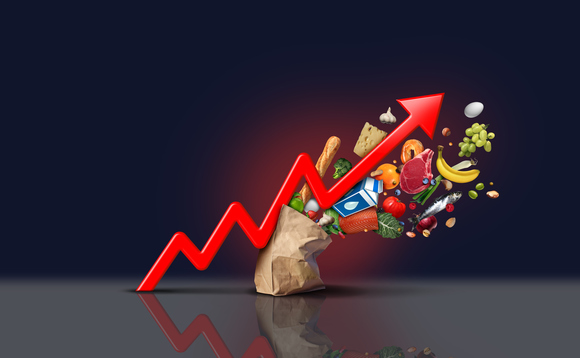Surging household energy bills and food prices pushed UK inflation to a 41-year high, according to data published a day before finance minister Jeremy Hunt announced tax hikes and spending cuts to control price growth.
Consumer prices rose 11.1% in the 12 months to October, the most since October 1981 and a big jump from 10.1% in September, the Office for National Statistics said on Wednesday.
Economists polled by Reuters had forecast that inflation would rise to 10.7%.
The ONS said that inflation would have risen to around 13.8% in October had the government not intervened to limit the price of household energy bills to 2,500 pounds ($2,960) a year on average.
In response to the data, Hunt – who is due to outline a new budget on Thursday – said “tough but necessary” decisions were required to tackle rising prices.
“We must help the Bank of England in their mission to return inflation to target by acting responsibly with the nation’s finances,” he said in a statement.
Analysts said the jump maintained pressure on the BoE to raise interest rates.
“These numbers sit uncomfortably alongside the message sent from the Bank of England … when it argued that only modestly higher interest rates would be necessary to bring inflation back towards its 2% target,” Mike Bell, global market strategist at J.P. Morgan Asset Management, said. “We are not so convinced.”
Inflationary pressures from Britain’s tight labor market had been under-estimated, and workers were likely to ask for more pay in the future to offset inflation, Bell said, predicting the BoE would raise rates to a peak of 4.5% from 3.0% now.
The BoE had predicted inflation of 10.9% in October in forecasts published this month.
James Smith, an economist at ING, said there were signs inflation was peaking, and he expected Bank Rate to top out at around 4%, slightly below the markets’ current pricing.
POOREST SUFFERING MOST
Hurting those on the lowest incomes the most, 12 months to October, prices of food and non-alcoholic beverages rose at the fastest rate since 1977, the ONS said.
Unlike the leap in the headline number, core inflation – which excludes food, energy, and other volatile components – was unchanged at 6.5%.
The lowest-income households, for whom energy and food take up a bigger share of spending, suffered an inflation rate of 11.9%, while top earners faced a 10.5% rate, the ONS said.
Producer price data showed inflation pressure in the pipeline but hinted at a possible slowdown.
Manufacturers’ raw materials and energy costs rose at their slowest pace since March, but at 19.2%, the increase was still huge by historical standards.
Prices charged by factories rose by 14.8% in the 12 months to October, the slowest increase since April.
($1 = 0.8445 pounds) – (Reuters)






